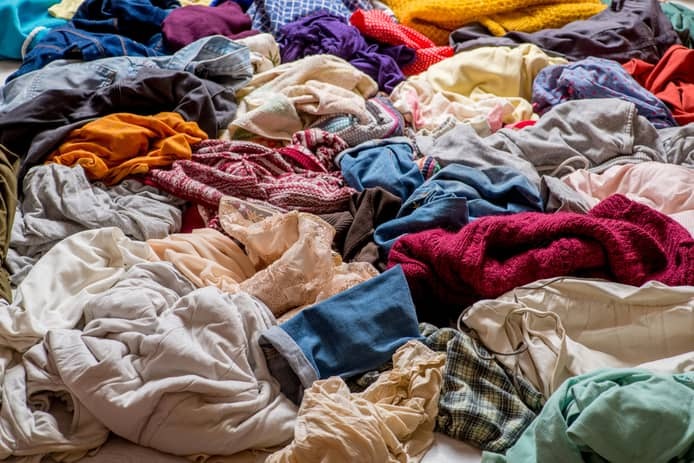Uganda bans the import of discarded clothing from Europe and the US
29 August, 2023

The East African country of Uganda is putting an immediate stop to the import of second-hand clothing. President Yoweri Museveni wants to advance its own textile industry by doing so, as people who present new clothing to Uganda typically struggle to intervene in the market. Museveni announced the move at the opening of a Ugandan-Chinese business park in Mbale, according to the Dutch news platform De Volkskrant.
The bulk of second-hand clothes offered on the Ugandan market consist of discarded clothes from Europe and the US. Museveni even called the cast-offs "the clothes of dead Westerners". "When a white person dies, they collect his clothes and send them to Africa," he echoed during the opening. The Ugandan president did not come up with this theory himself. The idea originates from Nigeria, where second-hand clothes are called 'kafa ulaya' - which translates to 'clothes of dead white people'.
According to Oxfam, at least 70 percent of textiles in European and US garment bins see Africa as their final destination. It is difficult to estimate how much of that clothing comes from the deceased. Uganda's textile industry is considerably large, but most of its production is exported as semi-finished goods. As a result, added value to the Ugandan economy is low, wrote De Volkskrant. The annual value of cotton exports in recent years has ranged between 22 million dollars and 76 million dollars.
This is not the first time a ban on second-hand clothing imports has been implemented. The East African community, comprising Uganda, Kenya, Rwanda, Tanzania, Burundi and South Sudan, already called for an import ban in 2016. Only Rwanda made it happen at the time. This is largely because imports also create many jobs and are therefore good for the local economy.
Second-hand clothes cause problems in Africa
The fact that second-hand clothing causes problems in Africa is nothing new. For example, the amount of discarded textiles exported from the European Union has tripled in 20 years, as reported by the EU environment agency EEA. Textile exports from the EU increased from just over 55,000 tonnes to almost 1.7 million tonnes between the years 2000 and 2019. That's an average of 3.8 kilograms of textiles per person per year.
The EEA also saw that the destination of second-hand textiles shifted from mainly African destinations to both Africa and Asia. "Consumer beliefs that donated, used clothing will always be useful in those regions does not correspond to reality," environmental experts wrote in the analysis. "Once exported, the fate of used textiles is uncertain. What is not suitable for reuse usually ends up in open dumps and informal waste streams."
In 2019, the EU exported 46 percent used textiles to Africa. There, textiles are mainly reused locally, as there is demand for cheap, used clothing from Europe. What cannot be reused ends up in open dumps and informal waste streams. In Uganda too, the low prices of second-hand clothes make them popular. Not only among poor people, but also the middle class finds this market interesting.
Useful Links:
Source: fashionunited.uk
